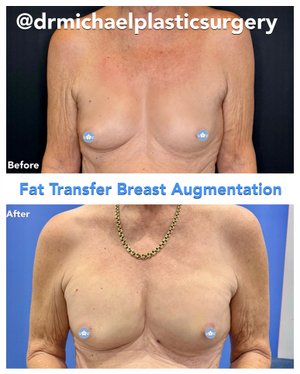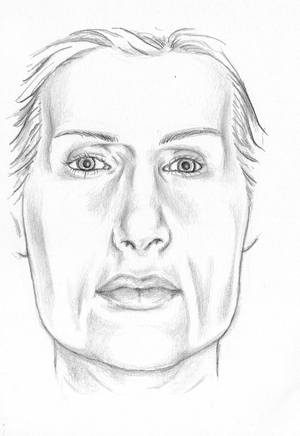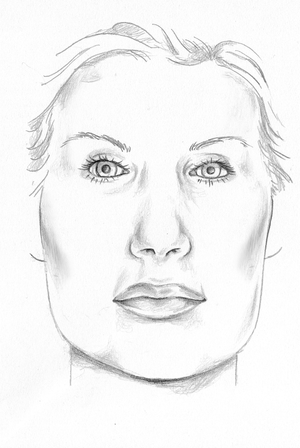Fat transfer to the face takes fat from one part of the body and transplants it to volume-deficient areas of the face restoring youthful volume.
Fat grafting and injectable filler treatments are similar. However, during a fat transfer to face procedure, an individual uses his or her own body tissue. This eliminates the risk of an allergic reaction or rejection of the tissue. It also means the results of a fat grafting treatment usually last longer than those of an injectable filler procedure.
Good candidates for fat transfer to the face have lost facial volume whether from the aging process or trauma. If you have facial areas that are concave or would look better with additional volume, you may be a candidate for a fat transfer procedure. Fat transfer to the face can restore sunken temples, flattened cheek bones, hollow cheeks, nasolabial grooves, and jawline weakness, to name a few of the most popular fat transfer areas. In addition to restoring youthful volume, many patients note their skin has a healthier glow.
The fat transfer to the face procedure begins by harvesting fat from your donor site, usually the abdomen or thigh. The harvested fat is treated and transfer into small syringes. The fat is then placed into the facial areas needing volume using a very small instrument call a cannula. Small amounts of fat are transferred in a three dimensional fashion creating a natural appearance to the fat transfer area.
Dr. Mirmanesh tailors each facial fat grafting procedure to his patient. Therefore, each facial fat grafting patient receives injections into different areas of the face. Dr. Mirmanesh determines how much fat should be injected and which areas of a facial fat grafting patient’s face should receive injections before treatment. He also dedicates significant time and resources to develop a facial fat grafting treatment plan that can deliver the best-possible results.


